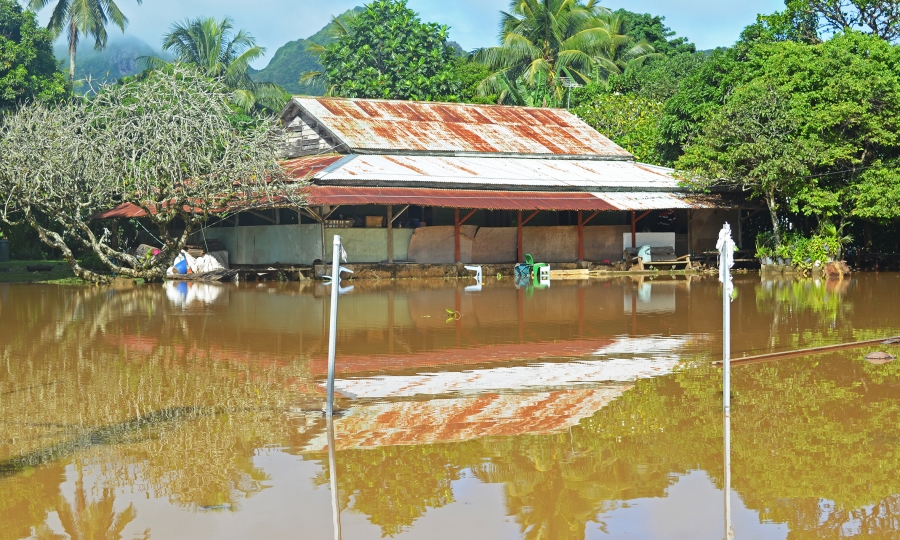Since 1971, February 2nd has been marked as the official World Wetlands Day. This is the day environmentalists from around the world celebrate the significant benefits that wetlands provide for our planet and its biodiversity, and raise awareness about wetlands on a global scale.
Essentially, a wetland is a land area consisting of marshes and swamps which leaves any solid land located within it in a permanent state of saturation.
There are three main reasons why an area becomes a wetland. The most common cause is from the groundwater seeping from an underground aquifer or spring. Other causes are, seepage from a nearby river or lake nearby, resulting in the neighbouring soil becoming saturated and the impact of sea-water from high tides on low lying coastal areas.
A wetland provides a thriving environment for fish, crustaceans and other invertebrates, as well as aquatic plant species and birds. A wetland acts as a storage area for flood waters during times of heavy rainfall. When a natural flood storage area is destroyed by development and infrastructure, as has happened in Muri for example, we increase the likelihood of extreme flooding. Wetland areas also naturally maintain surface water flow during dry seasons, creating an environment that provides a permanent haven for biodiversity, despite rapid changes in the weather.
Wetlands vary in size due to their surroundings. Our larger wetlands, such as Takuvaine Valley and the inland around Avatiu, were traditionally used for growing taro. However, this does not prevent them from being a useful flood prevention area, or a haven for biodiversity.
Wetlands also provide an important filtration system to reduce the amount of pollution entering our lagoon. This pollution comes from septic tanks, grey water (kitchen sink, washing machine, shower etc), agriculture and runoff from the land. The loss of wetlands coupled with this large increase of septic waste entering the lagoon in Rarotonga and Aitutaki is largely associated with increases in tourism and has led to more nutrients entering our lagoon. The most obvious indicator of this has been the seaweed blooms at the popular Muri Beach lagoon area several years ago. While there was a respite for a couple of years with Covid, tourism has rebounded very quickly, with the numbers in the peak tourist season this year up to about 70% of the record numbers pre Covid, in 2019.. By next year these numbers may exceed previous records, as we are now opening up to extra flights direct from the United States (Hawaii) and Australia (Sydney). Alternatives to handle this growing amount of septic waste need to be developed.
Constructed wetlands are a waste management option that could work relatively well in the Cook Islands environment. Constructed wetlands are made from vegetation, soil and organisms to treat wastewater. A taro swamp is a good example of a constructed wetland. Similar to natural wetlands, constructed wetlands can also act as a bio-filter and can remove a range of pollutants such as organic matter, nutrients, pathogens and even heavy metals from the water. Reed bed treatment systems are one possible type of constructed wetland that could be suitable on Rarotonga.
Reed bed systems are aquatic plant based systems which allow bacteria, fungi and algae to digest the sewage and clean the water. Reed bed systems operate aerobically (with oxygen) to break down pollutants, including turning toxic ammonia into nitrates.
Rarotonga currently has two species of reed, the giant reed Arundo donax and the fernland reed Miscanthus floridulus (Kaka’o), both of which could be used for this type of treatment system. Reeds play a crucial role in the natural treatment of septic waste, as they feed air into the waste water creating oxygenated pockets in an otherwise low oxygen habitat. This creates an ideal environment for micro-organisms to grow on the surface of the gravel and roots of the plant. These micro-organisms are largely responsible for the pollutant removal that occurs in the reed bed.
All in all, a reed bed treatment system would provide an environmentally friendly alternative solution for managing Rarotonga’s septic waste. These types of treatment systems are also beneficial in terms of having low maintenance costs along with low capital costs. The only challenge would be finding a large enough area of land suitable to establish the constructed wetland treatment site. If we assume a population of around 5000 people for the Muri/Titikaveka area, including tourists, and that 5 square meters of wetland is required per person, we would need about 2.5 hectares or 6 acres of constructed wetland. However, resorts and other high density accommodation businesses could make their own smaller constructed wetland within their property, minimising their input of pollutants into the environment. There were plans a few years ago for a small pilot constructed wetland in Muri around Te Ara Museum. We are not sure if this is still going ahead.
iI we are truly serious about “regenerative tourism”, where tourists do not have a negative impact on our environment, we need to take steps in the direction of developing nature based solutions. Living on a tropical island, our ecosystem operates differently to other urban environments, and therefore requires an alternative approach as to how we go about achieving sustainable development.

